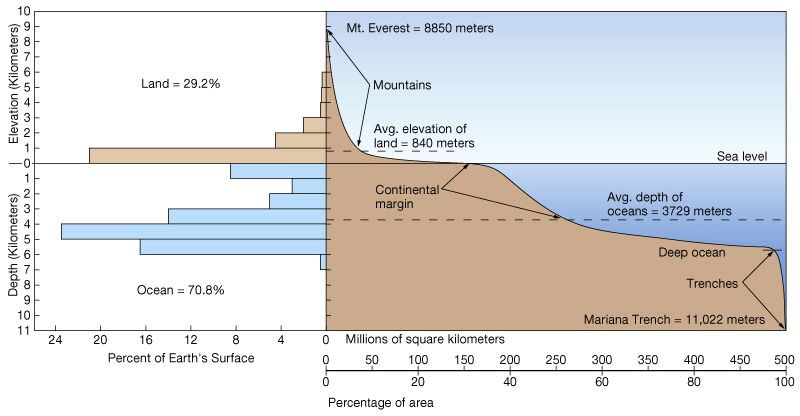 Geoscientists usually work with lines, planes and their angular relationships. Studying these relationships requires some techniques to put real 3D features into simple 2D visualizations. We don’t always need to design super complex 3D models just to figure out the angle between two planes, right?
Geoscientists usually work with lines, planes and their angular relationships. Studying these relationships requires some techniques to put real 3D features into simple 2D visualizations. We don’t always need to design super complex 3D models just to figure out the angle between two planes, right?
This is why the Stereographic Projection and the Stereonets became so important to geologists. This projection is fast and efficient when we just want to analyze angular relationships. It does not preserve distances or areas of the features that are projected in it, just angles.
For today’s examples I will assume you already understand how a stereonet works and are familiar with:
- strike and dip / plunge and bearing;
- poles and planes




/https://www.lescienze.it/images/2020/01/22/115626727-38e93e57-f659-446d-a820-b5705272fd58.jpg) A friend of mine once shared me a link to a press release from the webpage of the Italian edition of Scientific American. The source was the National Institute of Nuclear Physics (INFN). The headline: “Geoneutrinos confirm that we are resting on a mantle of uranium and thorium.” I imagine any geologist would frown a bit at this statement. Why? Because the mantle is not made of uranium and thorium. Plus, this research had not found out that the mantle is composed of uranium and thorium. The research confirmed that most of the Earth’s internal heat comes from the decay of radioactive elements widespread not only in the crust (as already well known) but also in the mantle. Geoneutrinos are subatomic particles, a byproduct of radioactive decay (while neutrinos come form stars for fairly similar reasons).
A friend of mine once shared me a link to a press release from the webpage of the Italian edition of Scientific American. The source was the National Institute of Nuclear Physics (INFN). The headline: “Geoneutrinos confirm that we are resting on a mantle of uranium and thorium.” I imagine any geologist would frown a bit at this statement. Why? Because the mantle is not made of uranium and thorium. Plus, this research had not found out that the mantle is composed of uranium and thorium. The research confirmed that most of the Earth’s internal heat comes from the decay of radioactive elements widespread not only in the crust (as already well known) but also in the mantle. Geoneutrinos are subatomic particles, a byproduct of radioactive decay (while neutrinos come form stars for fairly similar reasons).